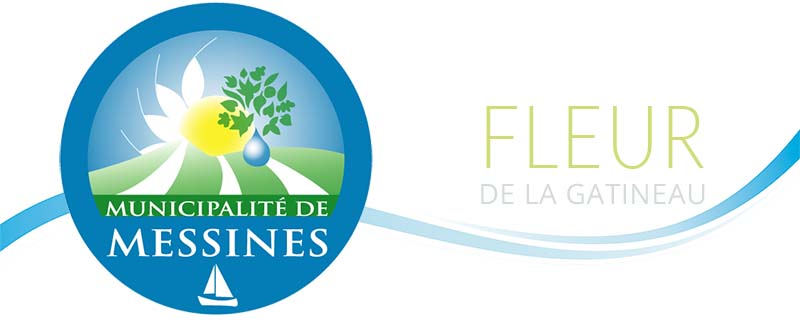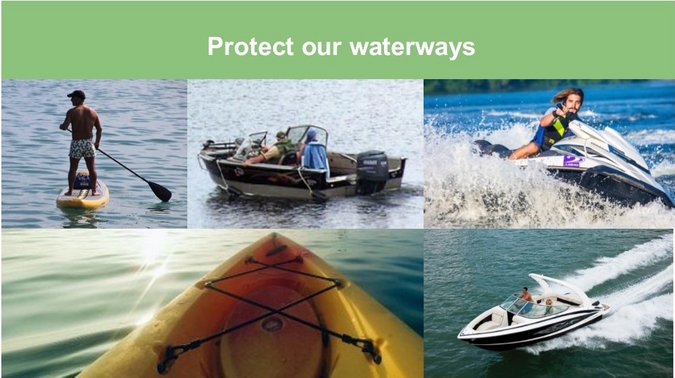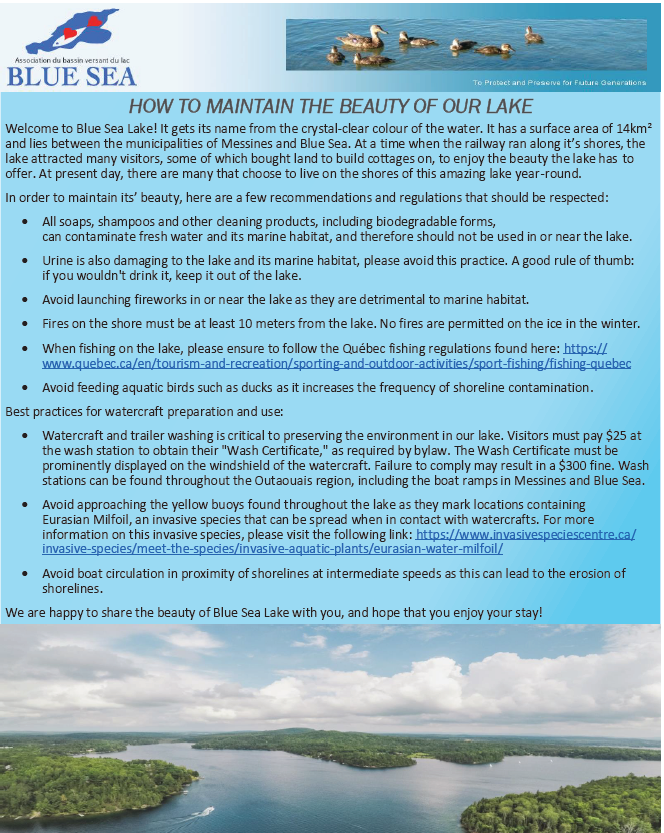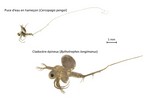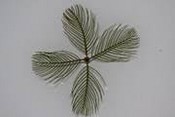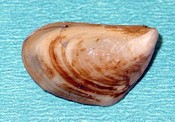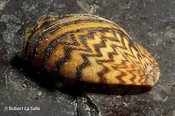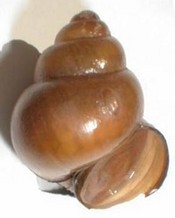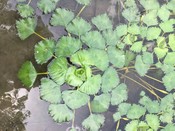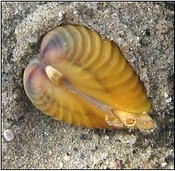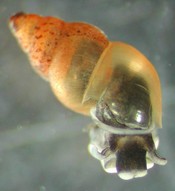Aquatic invasive species - Why are they invasive?
What is a AIS?
An aquatic invasive species (AIS) is a plant, animal or micro-organism (virus or bacterium) introduced outside its natural range, whose establishment or propagation poses a threat for the environment, the economy or society.Introduction is often the result of a human vector, in other words a human activity such as water-based transportation, sport fishing, commercial fishery, or voluntary release of aquatic organisms into the natural environment. Human vectors cause widespread introduction, at a very high pace, and lead to introduction in areas with no natural connectivity. Human vectors are mostly unpredictable; identifying and monitoring them is a major challenge.
Aquatic invasive species to watch:
|
Spiny water flea |
Eurasian watermilfoil |
Quagga Mussel |
Zebra mussel |
|
Oriental mystery snail |
Water chestnut |
Asian clam |
New Zealand mud snail |
Why are AIS such a problem ?
AIS can have many different impacts on ecosystems and society. Since several AIS can stay undetected with the naked eye, they can easily be moved to a new body of water. AIS may :
■ Limit fishing and nautical activities
Several invasive aquatic plants can also have a negative impact on the use of bodies of water. The dense mass of vegetation formed by some AIS may limit navigation and sport fishing. In some places, plant density may even cut off access to a body of water;
■ Compromise the composition and health of populations of native species
AIS may potentially supplant native species of aquatic flora and fauna; the species that depend on them will then have to move to another habitat, which may not be suitable to ensure their survival. An over-abundance of invasive plant species may affect water quality by limiting the oxygen level needed for the survival of fish and other aquatic organisms;
■ Lead to a loss of animal and plant biodiversity
The propagation and establishment of AIS leads to changes in the composition of the ecosystem, in particular by reducing native biological diversity. AIS compete with native species for food and space. The introduction and propagation of AIS leads to a loss of balance in the predator/prey relationship and the use of space in the ecosystem. For some populations of native species that cannot move to a new habitat to ensure their survival, depredation, the lack of food and space, or hybridization with the AIS could lea
■ Reduce the value of waterside properties and degrade the natural heritage
The visual attractiveness, recreational value and value of properties located on bodies of water invaded by an AIS will be indirectly impacted by the introduction of the new species. For example, if a body of water is invaded by an AIS to the extent that it prevents nautical activities or alters the quality of the water, the value of waterside properties will drop and users will lose interest in the concerned activity. Over time, they will change their habits and choose bodies of water of higher quality. Visitor numbers in the sector could decline, resulting in a significant impact on economic benefits in the region. Hence, recreation and tourism activities, among others, may suffer collateral damage from the presence of an AIS;
■ Increase management costs: once an AIS has beco
Once an AIS has become established in a new environment, the cost of controlling or managing it may be significant and recurrent, for e
■ Reduce water quality
The presence of an AIS may also reduce water quality by promoting the presence of algae, reducing the quantity of oxygen available, or making water unsuitable for human consumption after widespread die-offs that leave large quantities of decomposing matter in the water
Limiting the propagation of AIS is already a challenge. These species once established in an environment, are difficult or impossible to eradicate. However, it is possible to take action to prevent and limit the introduction and propagation of AIS by various human vectors through best practices such as the cleaning of watercraft, trailers, and other vehicles or equipment used in aquatic environments that may be moved to other bodies of water.
Cleaning to avoid spreading
AIS propagation from one body of water to another may be accelerated by the use of contaminated watercraft and equipment if decontamination measures are not applied. AIS may be hidden in various unsuspected places on the watercraft or equipment. For example, small organisms, plant debris, fish and crustacean eggs and larvae, and even pathogens can remain attached to the hull of watercraft or various parts of a trailer, or be carried in the water contained in a live well or tank. Once an AIS has been introduced and becomes established in an ecosystem, it is difficult and even impossible to eradicate it. The cost of controlling or eradicating a species, when this is possible, is high and ongoing. Preventing the introduction and propagation of AIS is not only the first step in the fight against them, but also the most effective and least costly method that can be applied. A simple inspection of watercraft and equipment, the removal of any debris and organisms found, and the emptying of pooled water, can reduce the risk of introducing and propagating AIS by up to 85%. If this is followed by an effective cleaning operation, the risk of propagating AIS through fishing and nautical activities is reduced even further. These best practices are consistent with the preventive actions generally applied in the fight against AIS. Preventing the introduction and propagation of AIS is essential to ensure the health of aquatic ecosystems, the long-term viability of resources and the socioeconomic activities they support, and the conservation and preservation of biodiversity among the species they contain. In addition, these best practices will allow current users of all kinds, and future generations, to continue to benefit from this natural heritage
Source: Ministère des Forêts, de la Faune et des Parcs
Cleaning to avoid spreading!
Régulation
BY-LAW NUMBER 2018-347
Considering the importance of preserving the environmental quality of aquatic environments and the integrity of the banks, the implementation of measures to effectively fight against the introduction of aquatic invasive species is imperative. Boat washing is one of the most effective measures to limit the spread of foreign species from lake to lake by pleasure craft enthusiasts.
To consult the regulation cliquez ici  (French only)
(French only)
